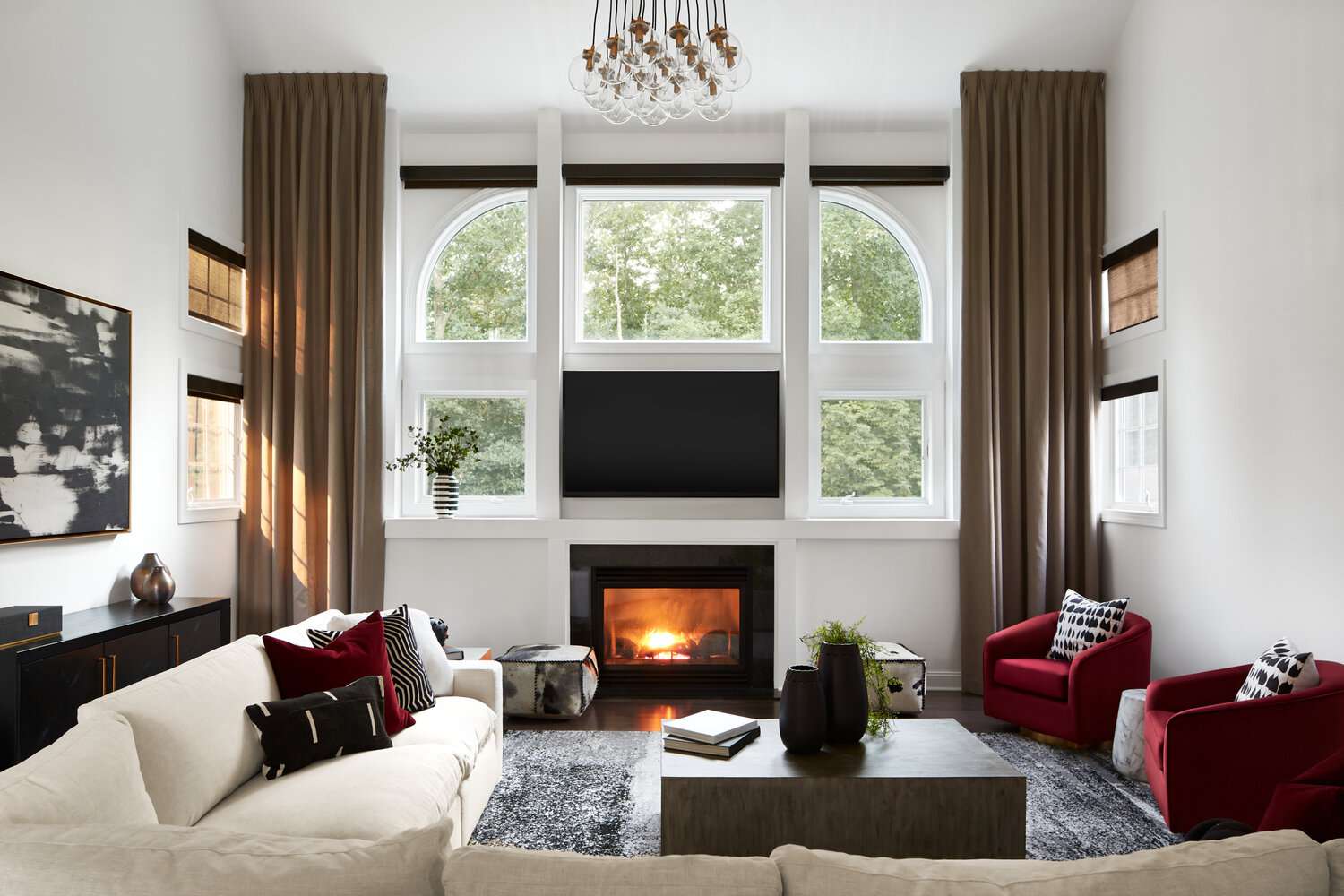

Articles
How To Pick Curtains For Living Room
Modified: January 23, 2024
Learn the best tips and tricks for picking the perfect curtains for your living room with our informative articles. Enhance your home decor today!
(Many of the links in this article redirect to a specific reviewed product. Your purchase of these products through affiliate links helps to generate commission for Storables.com, at no extra cost. Learn more)
Introduction
Choosing the right curtains for your living room is a crucial step in creating a visually appealing and functional space. Curtains not only enhance the aesthetics of your room but also provide privacy, control the amount of natural light entering the room, and contribute to temperature regulation. With an overwhelming variety of styles, fabrics, colors, and patterns to choose from, it can be challenging to make the right decision. However, by considering certain factors and following a systematic approach, you can pick curtains that perfectly complement your living room decor and meet your specific needs.
In this article, we will delve into the process of selecting curtains for your living room. We will discuss the functionality of the curtains, explore different styles, guide you in choosing the right fabric, color, and pattern, and provide tips for measuring the windows, determining the curtain length, and selecting curtain hardware. Additionally, we will offer some installation tips to ensure your curtains hang beautifully and securely.
By the end of this article, you will be equipped with the knowledge and confidence to make an informed decision while selecting curtains for your living room.
Key Takeaways:
- Choose curtains based on functionality, style, fabric, color, and pattern to enhance your living room’s aesthetics and functionality. Consider privacy, light control, insulation, and curtain length for a personalized and visually appealing space.
- Properly measure windows, select suitable curtain hardware, and follow installation tips to ensure a polished and well-dressed look for your living room curtains. Consider curtain length, fabric, and style to create a stunning and welcoming space.
Read more: How To Hang Curtains In Living Room
Consider the Functionality
Before diving into the various design options, it is important to consider the functionality of the curtains for your living room. Think about what you want the curtains to achieve in terms of privacy, light control, and insulation.
If privacy is a major concern, opt for curtains that offer sufficient coverage and opacity. Thicker fabrics like velvet or blackout curtains are excellent choices as they minimize the visibility from the outside. On the other hand, if you prefer a softer, diffused light while maintaining privacy, sheer curtains can be a suitable option. Sheer fabrics allow natural light to filter into the room while still creating a level of privacy.
Light control is another crucial aspect to consider. If your living room receives harsh sunlight, especially during specific times of the day, consider curtains with light-blocking features. Blackout or thermal curtains are designed to effectively block out sunlight, helping to create a comfortable atmosphere in your living room by reducing heat and glare. These curtains are particularly useful if you enjoy watching movies or television during the daytime, as they can darken the room significantly.
Additionally, curtains can contribute to the insulation of your living room. Thicker fabrics provide better insulation, helping to keep the room warm during colder months and cool during warmer months. If energy efficiency is a priority, consider curtains with a thermal lining or insulating properties.
By determining the functionality of your curtains, you can narrow down your options and choose curtains that align with your specific needs. Whether you prioritize privacy, light control, insulation, or a combination of these factors, considering the functionality will ensure your curtains not only look good but also serve their purpose effectively.
Determine the Style
Once you have considered the functionality, it’s time to determine the style of curtains that will best suit your living room. The style of curtains will depend on your personal taste, the overall decor of the room, and the atmosphere you want to create.
Here are some popular curtain styles to consider:
1. Classic/Traditional: Classic or traditional curtains feature elegant and timeless designs. They often have pleats, swags, or valances that add an element of sophistication to your living room. These curtains are ideal for formal living spaces or rooms with a traditional decor style.
2. Contemporary/Modern: If your living room has a more contemporary or modern aesthetic, opt for curtains with clean lines and a minimalist look. Choose solid colors or subtle patterns that complement the overall color scheme of the room. Sheer curtains can also add a touch of lightness and airiness to a modern space.
3. Bohemian/Eclectic: For a bohemian or eclectic living room, embrace vibrant, textured, and eclectic curtain styles. Consider curtains with bold prints, patterns, or richly colored fabrics. Mixing and matching different patterns and textures can create a visually interesting and eclectic look.
4. Farmhouse/Rustic: If you prefer a farmhouse or rustic-inspired living room, opt for curtains made from natural fabrics like linen or cotton. Look for curtains with a relaxed and cozy vibe, such as curtains with ruffles, tie tops, or simple tab tops. Plaid patterns or gingham prints can also enhance the farmhouse aesthetic.
5. Mid-Century Modern: Mid-century modern curtains often feature geometric patterns and bold colors. Look for curtains with retro-inspired designs or choose solid colors in shades like burnt orange, mustard yellow, or teal to add a pop of color to your living room.
Remember to consider the existing decor and furniture in your living room when determining the style of your curtains. Cohesion and harmony between different design elements will create a polished and cohesive look.
By carefully selecting a curtain style that aligns with your personal preferences and the overall decor of your living room, you can create a visually stunning space that reflects your individual style.
Choose the Right Fabric
When selecting curtains for your living room, the choice of fabric plays a crucial role in both the aesthetics and functionality of the curtains. The fabric you choose will determine how the curtains drape, their durability, and how well they block light and insulate the room.
Here are some popular fabric options for curtains:
1. Cotton: Cotton is a versatile and widely used fabric for curtains. It is lightweight, breathable, and offers a soft and natural look. Cotton curtains are a great choice for creating a casual and cozy atmosphere in your living room. They come in various patterns, textures, and colors, making it easy to find the perfect style for your space.
2. Silk: Silk curtains exude elegance and luxury. They have a smooth and lustrous appearance, giving your living room a sophisticated touch. However, silk curtains can be expensive and require special care. They are best suited for formal living rooms or spaces where you want to create a luxurious ambiance.
3. Linen: Linen curtains offer a relaxed and natural look. They have a textured and slightly wrinkled appearance, which adds a touch of rustic charm to your living room. Linen is a durable fabric that allows light to filter through while offering some privacy. Linen curtains are perfect for creating a casual and airy atmosphere in your living room.
4. Velvet: Velvet curtains are known for their luxurious and opulent look. They have a thick, plush texture that adds depth and drama to your living room. Velvet curtains are excellent for blocking light and providing insulation. They work well in formal or cozy living rooms where you want to create a sense of grandeur.
5. Polyester: Polyester curtains are a practical and budget-friendly option. They come in a wide range of colors and patterns and are resistant to fading and wrinkles. Polyester curtains are easy to clean and maintain, making them suitable for high-traffic areas or households with pets and children.
Consider factors such as the amount of natural light in your living room, the level of privacy desired, and the overall decor style when choosing the fabric for your curtains. You can also consider layering different fabrics to achieve a combination of style and functionality.
Remember to read the care instructions for the fabric you choose to ensure that the curtains maintain their beauty and durability over time.
Select the Color and Pattern
The color and pattern of your curtains can greatly impact the overall look and feel of your living room. It is crucial to choose colors and patterns that complement the existing decor while also reflecting your personal style.
Color: When selecting the color of your curtains, consider the following:
- Neutral Colors: Neutral colors such as white, beige, gray, or cream are versatile and can easily blend with various decor styles. They create a clean and timeless look, allowing other elements in the room to stand out.
- Bold Colors: If you want to make a statement or add a pop of color to your living room, consider curtains in bold or vibrant shades. For example, deep blue, emerald green, or bright red can create a focal point and bring energy to the space.
- Complementary Colors: Look for colors that complement the existing color scheme in your living room. If you have a room with warm tones like earthy browns and oranges, curtains in shades of cream or gold can complement the warm palette. For cooler color schemes with blues and grays, consider curtains in cooler tones like silver or light blue.
Pattern: The pattern of your curtains can add visual interest and personality to your living room. Consider the following:
- Solid: Solid curtains in a single color can create a clean and minimalist look. They work well when you want to highlight other decorative elements in the room.
- Geometric: Geometric patterns, such as stripes, chevron, or herringbone, can add a modern and playful touch to your living room. They work well in contemporary or eclectic spaces.
- Floral: Floral patterns can bring a touch of nature and femininity to your living room. They are great for creating a soft and romantic ambiance.
- Abstract or Artistic: Abstract or artistic patterns can add a unique and artistic flair to your living room. They can become a focal point or conversation starter in the space.
Ultimately, the color and pattern of your curtains should enhance the overall decor and create the desired atmosphere in your living room. Consider the existing color palette, furniture, and accessories, as well as your personal preferences, when making your selection.
Consider the amount of natural light in the room when choosing curtain fabric. Light, sheer fabrics work well in well-lit rooms, while heavier fabrics can provide privacy and insulation in darker rooms.
Read more: How To Build Living Room Curtains
Measure the Window
Before purchasing curtains for your living room, it’s crucial to accurately measure the size of your windows. Proper measurements will ensure that the curtains fit well and hang correctly, creating a polished and tailored look.
Here are the steps to measure your windows for curtains:
- Width: Measure the width of the window from one side to the other. For a standard curtain rod installation, add a few extra inches on each side of the window frame to allow the curtains to fully cover the window when drawn. This will also prevent excessive light from entering the room from the sides.
- Length: Determine how long you want your curtains to be. Measure from the top of the curtain rod or from the bottom of the curtain rings to the desired length. Depending on the style you prefer, curtains can just graze the floor, pool on the floor for a dramatic look, or be slightly above the floor for a modern and streamlined appearance. Keep in mind that longer curtains can add a sense of height and sophistication to the room.
- Height: Measure the height from the top of the window frame to where you want the curtains to end. This will depend on the desired curtain length and the presence of any furniture or architectural elements below the window. Take into consideration any curtain hardware, such as curtain rods or tracks, which may add extra height to the curtains.
It’s important to note that curtains should typically be wider than the window to allow for sufficient gathering and fullness when closed. This creates a more visually appealing look and helps the curtains hang nicely.
When measuring, use a metal tape measure for accuracy and measure in inches or centimeters. It’s always a good idea to double-check your measurements to ensure accuracy before purchasing curtains.
If you’re unsure about measuring or want to ensure a professional fit, it may be helpful to consult with a window treatment specialist who can guide you through the process and provide expert advice.
By taking precise measurements, you can confidently shop for curtains that are the perfect fit for your living room windows, enhancing both the functionality and aesthetics of the space.
Decide on Curtain Length
The length of your curtains can greatly impact the overall look and style of your living room. It is important to decide on the appropriate curtain length based on your desired aesthetic and the functionality of the curtains.
Here are some factors to consider when deciding on the curtain length:
- Floor-Length: Floor-length curtains are a classic and elegant choice. These curtains extend all the way to the floor, creating a luxurious and tailored look. They can add a sense of height and sophistication to your living room. Floor-length curtains are ideal for formal or traditional living rooms.
- Hovering: If you prefer a more modern and streamlined look, consider curtains that hover just above the floor. These curtains typically have a 1-2 inch gap between the bottom hem and the floor. This style is perfect for contemporary or minimalist living rooms.
- Pooled: Pooled curtains are longer than floor-length curtains and intentionally puddle on the floor. This style adds a touch of luxury and drama to your living room. Pooled curtains work well in formal settings or rooms with a romantic and glamorous aesthetic.
- Sill-Length: Sill-length curtains end at the window sill. This style is ideal for rooms with radiators or windows with a low sill. It is a practical and clean look that works well in casual and modern living rooms.
In addition to the overall length, consider the curtain heading style you prefer. Different heading styles may affect the curtain’s overall length and the way they gather or hang. Popular heading styles include pinch pleat, grommet, rod pocket, and tab top.
When deciding on the curtain length, also take into consideration any furniture or architectural elements below the windows. You may want to leave some space between the curtains and the furniture to create balance and avoid a cluttered look.
Remember, the curtain length should be measured from the top of the curtain rod or rings to the desired end point. Take accurate measurements and consider the style, functionality, and other design elements in your living room to determine the ideal curtain length for your windows.
Once you have decided on the curtain length, you can start searching for curtains that not only fit your windows perfectly but also add a touch of style and sophistication to your living room.
Consider Curtain Hardware
When choosing curtains for your living room, it’s important to consider the appropriate curtain hardware. Curtain hardware not only supports and holds your curtains in place but also adds an extra touch of style and functionality to your window treatments.
Here are some factors to consider when selecting curtain hardware:
- Curtain Rods: Selecting the right curtain rods is essential for the proper installation and functioning of your curtains. Choose a curtain rod that complements the overall style of your living room. Options include metal rods for a sleek and modern look, wooden rods for a more traditional and rustic vibe, or decorative rods with ornate finials for an elegant touch. Take into account the width of your window and the weight of your curtains when choosing a rod to ensure it can support the curtains adequately.
- Finials: Finials are decorative end caps that attach to the ends of the curtain rods. They come in various shapes, sizes, and materials, adding a stylish finishing touch to your curtains. Finials can range from simple and understated designs to intricate and ornate pieces. Select finials that complement the style of your living room and add visual interest to your curtain hardware.
- Curtain Rings or Clips: Depending on the style of your curtains and curtain rods, you may need curtain rings or clips to hang your curtains. Curtain rings allow for smooth movement and gathering of the curtains along the rod. Clips, on the other hand, are ideal for lightweight curtains or for a more contemporary look. Choose rings or clips that match the style and finish of your curtain rods.
- Holdbacks or Tiebacks: Holdbacks or tiebacks are used to hold your curtains to the side, allowing light to enter and creating an elegant, draped look. They come in various designs, such as hooks, ropes, or tassels, adding a decorative element to your curtains. Consider the material, color, and style of the holdbacks or tiebacks to ensure they complement your curtains and enhance the overall aesthetic of your living room.
When selecting curtain hardware, it is important to ensure that it is properly sized and sturdy enough to support the weight of your curtains. Additionally, make sure the hardware matches or complements the existing decor and style of your living room.
Properly chosen and installed curtain hardware brings the curtains together, creating a cohesive and finished look. It adds to the overall design and functionality of your living room, elevating the appearance and making a statement.
Installation Tips
Proper installation of your curtains is crucial to ensure they hang beautifully and securely in your living room. Follow these tips to achieve the best results:
- Preparation: Before installing the curtain hardware, make sure to thoroughly clean the area around the windows. This will help ensure a smooth and clean installation without any dust or debris interfering with the process.
- Height and Width: Consider the height at which you want to install the curtain rods. Typically, they are placed several inches above the window frame to create the illusion of height and make the window appear larger. Also, ensure that the width of the curtain rod extends beyond the sides of the window frame to allow the curtains to fully cover the window when closed.
- Leveling: Use a level to ensure that the curtain rod is installed straight. This will help the curtains hang evenly and prevent them from looking uneven or crooked.
- Wall Anchors: If your curtain rod requires wall anchors for installation, be sure to use the appropriate anchors based on the wall material. Wall anchors ensure that the rod is securely attached to the wall, providing stability for your curtains.
- Spacing: If you plan to use multiple curtain rods or holdbacks, make sure to evenly space them along the wall. This allows for a balanced and visually pleasing look.
- Hanging: When hanging the curtains, make sure they are evenly distributed along the rod and have a uniform appearance. Adjust the curtain rings or clips as needed to ensure proper gathering and a clean, consistent drape.
- Steam or Iron: Before hanging the curtains, remove any wrinkles or creases by steaming or ironing them. This will help the curtains hang smoothly and give them a polished appearance.
- Final Adjustments: Once the curtains are hung, take a step back and assess their appearance. Make any necessary adjustments to ensure they are hanging evenly and at the desired length. This may involve readjusting the curtain rings, clips, or tiebacks for the perfect look.
Following these installation tips will help ensure that your curtains are properly installed and enhance the visual appeal of your living room. Take your time, measure accurately, and consult any specific instructions or recommendations provided by the curtain manufacturer.
Remember, proper installation is crucial to achieve the desired look and functionality of your curtains, so take care in each step of the process to create a stunning and well-dressed window in your living room.
Read more: Country Curtain Ideas For Living Rooms
Conclusion
Choosing the right curtains for your living room is an important decision that can greatly enhance the overall look and feel of the space. By considering the functionality, style, fabric, color, and pattern of the curtains, you can create a stunning and personalized look for your living room.
When it comes to functionality, think about the level of privacy, light control, and insulation you desire. Consider the different styles available, such as classic, contemporary, bohemian, farmhouse, or mid-century modern, and select one that aligns with your personal taste and the overall decor of your living room.
The choice of fabric is crucial, as it affects the drape, durability, and functionality of the curtains. Cotton, silk, linen, velvet, and polyester are popular options, each with its own unique qualities and benefits.
Additionally, the color and pattern of the curtains play a significant role in creating visual interest and enhancing the overall aesthetic of your living room. From neutral and bold colors to solid and patterned designs, there are countless options to choose from to match your personal style and complement the existing decor.
Accurate measurement of the windows and selecting the appropriate curtain length and height ensure a proper fit and a polished appearance. Take into consideration the curtain hardware, including curtain rods, finials, rings, and holdbacks, as they add both style and functionality to your curtains.
During installation, pay attention to the height and leveling of the curtain rods, use proper wall anchors, evenly space multiple rods or holdbacks, and take your time to hang the curtains evenly and smoothly.
With these considerations and tips in mind, you can confidently select and install curtains that transform your living room into a stylish and welcoming space. Whether you prefer a classic, contemporary, or eclectic look, the right curtains will add character and charm, creating a space that reflects your personal style and meets your functional needs.
Frequently Asked Questions about How To Pick Curtains For Living Room
Was this page helpful?
At Storables.com, we guarantee accurate and reliable information. Our content, validated by Expert Board Contributors, is crafted following stringent Editorial Policies. We're committed to providing you with well-researched, expert-backed insights for all your informational needs.
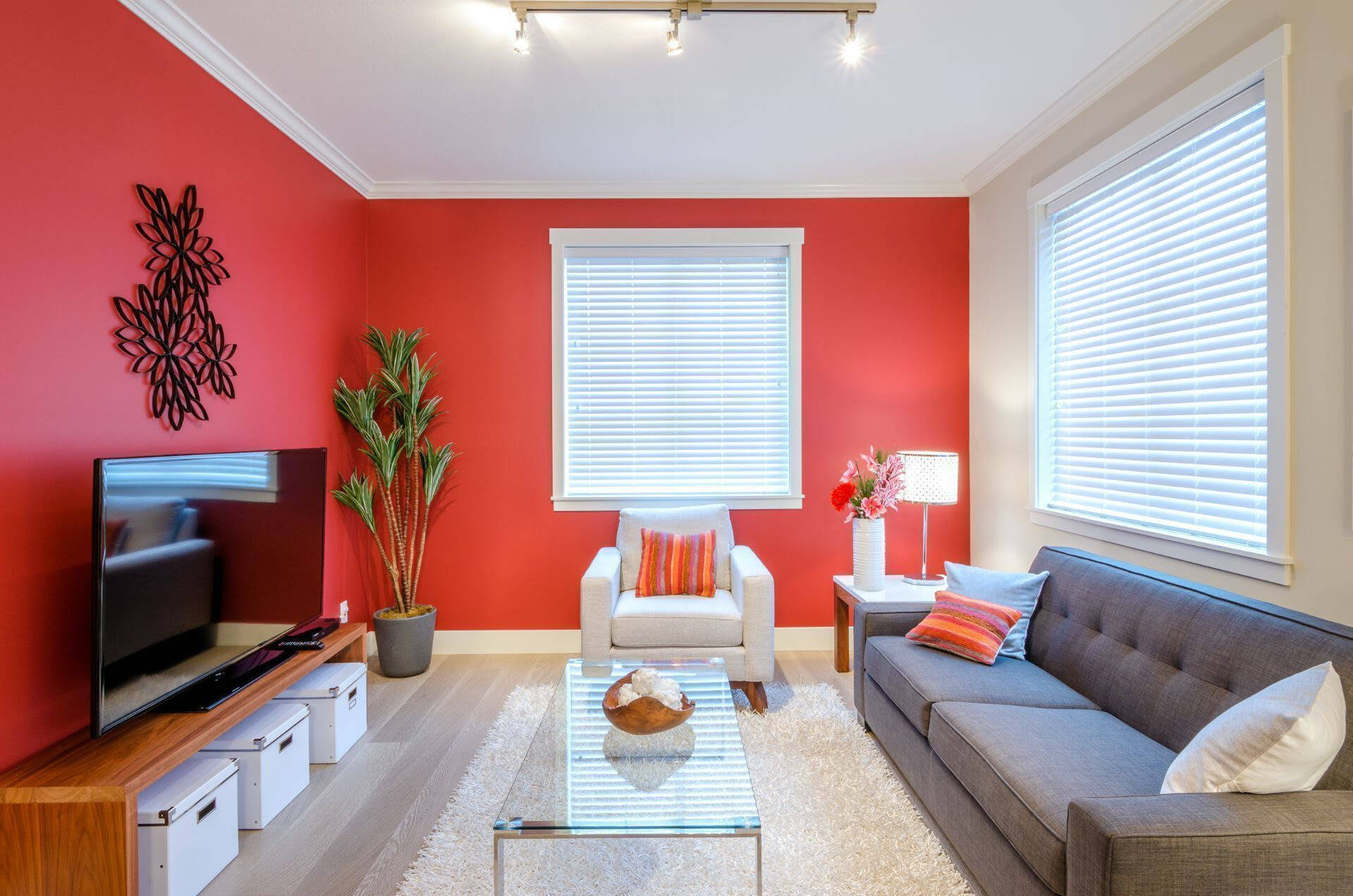
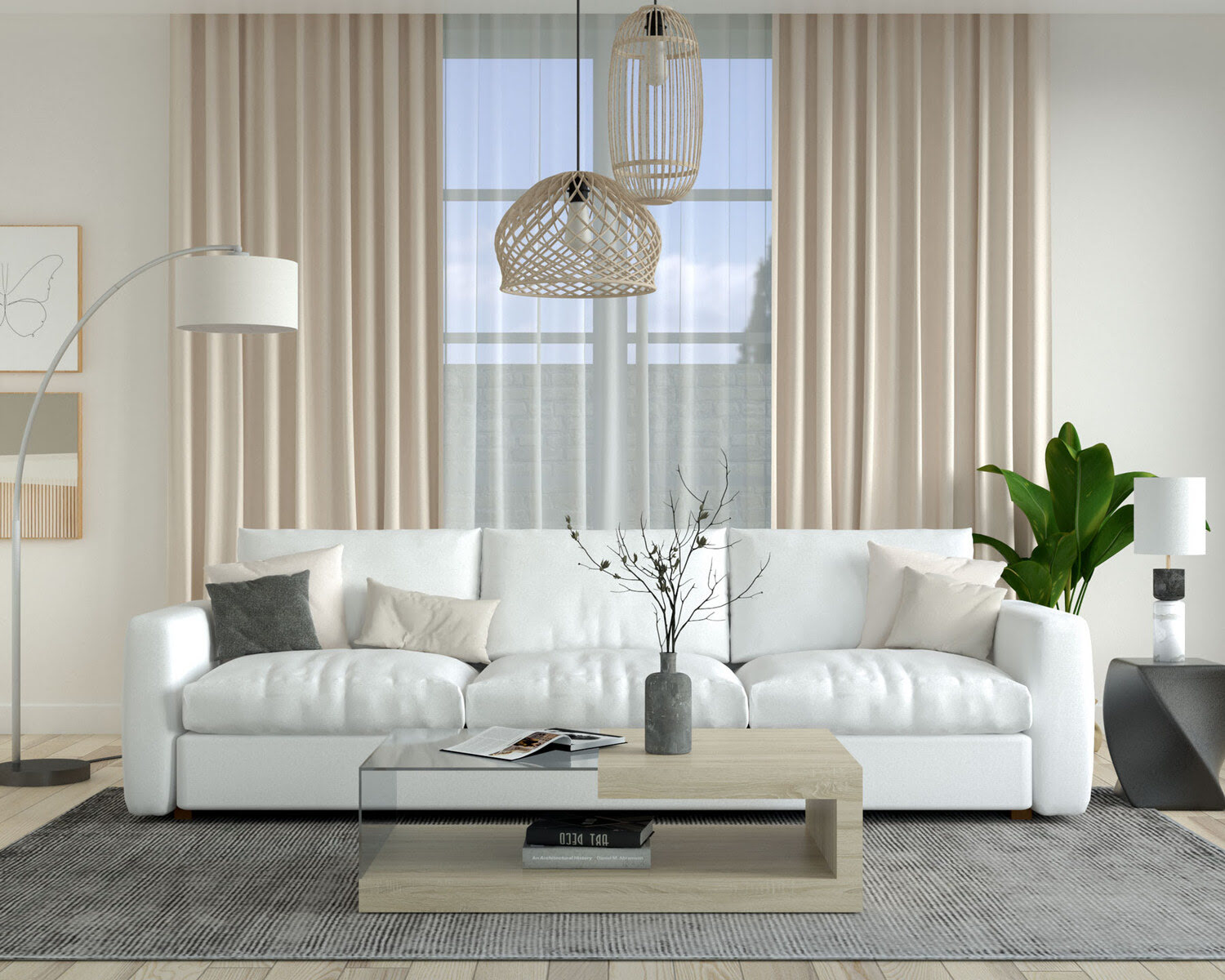
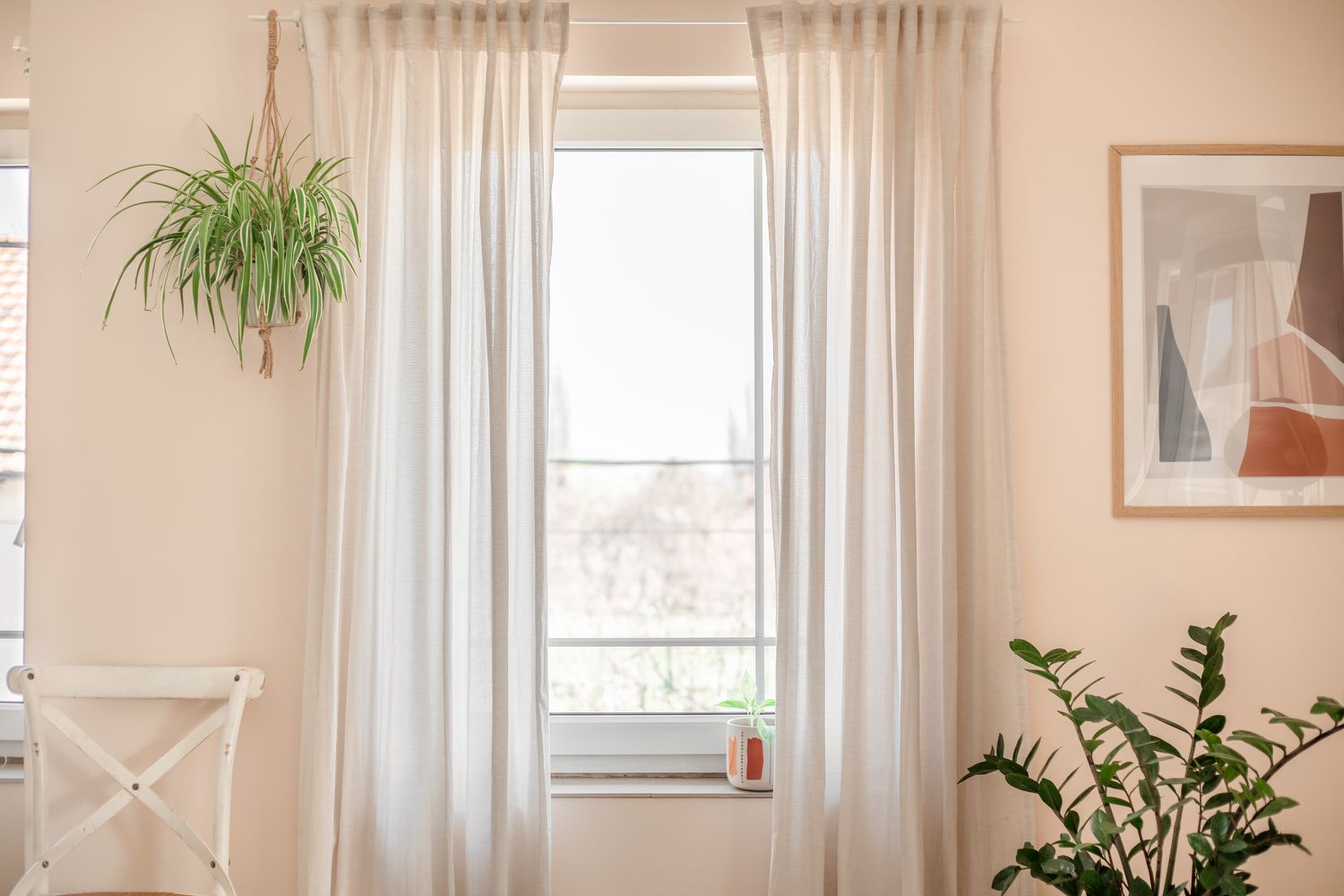
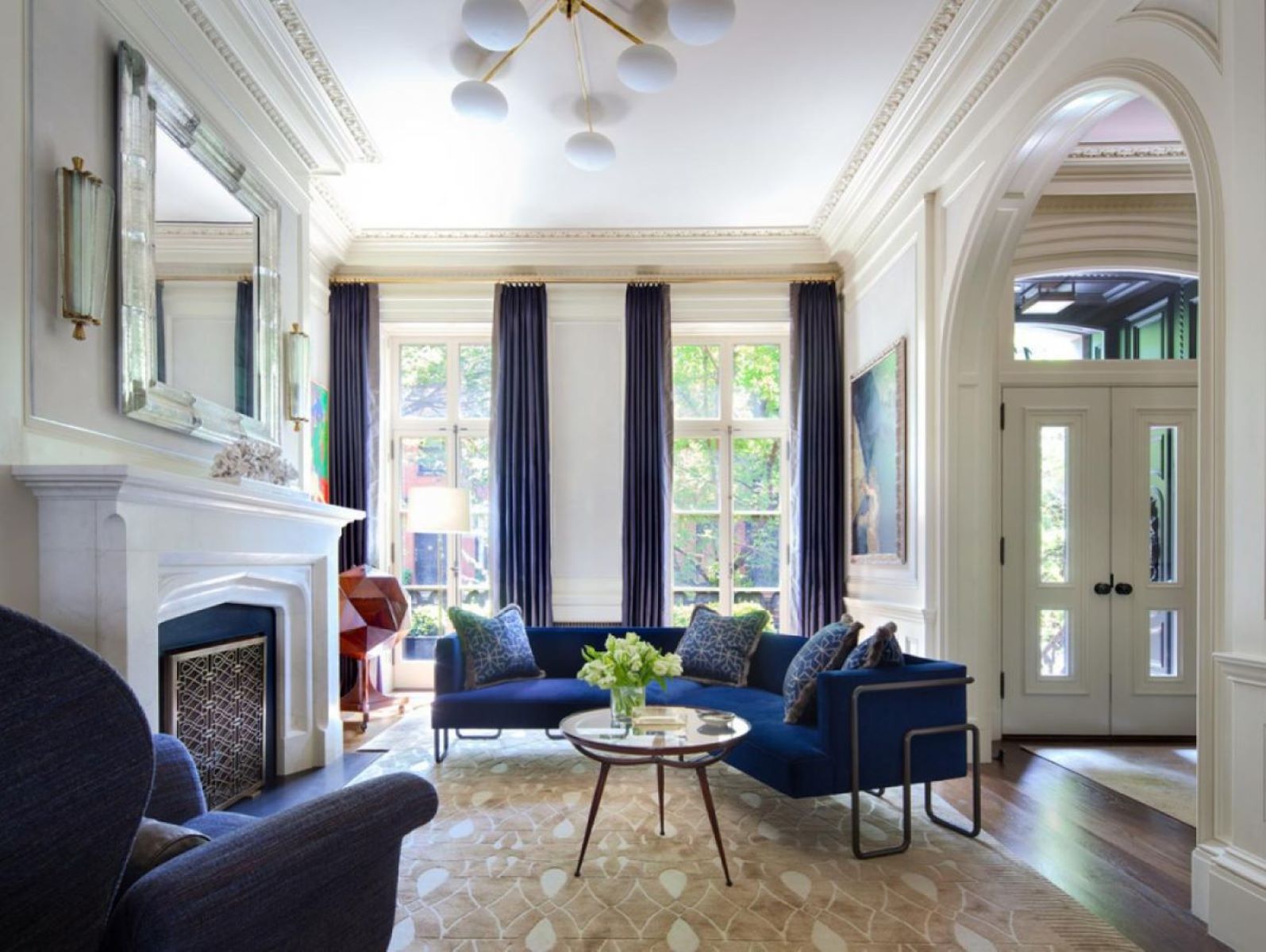
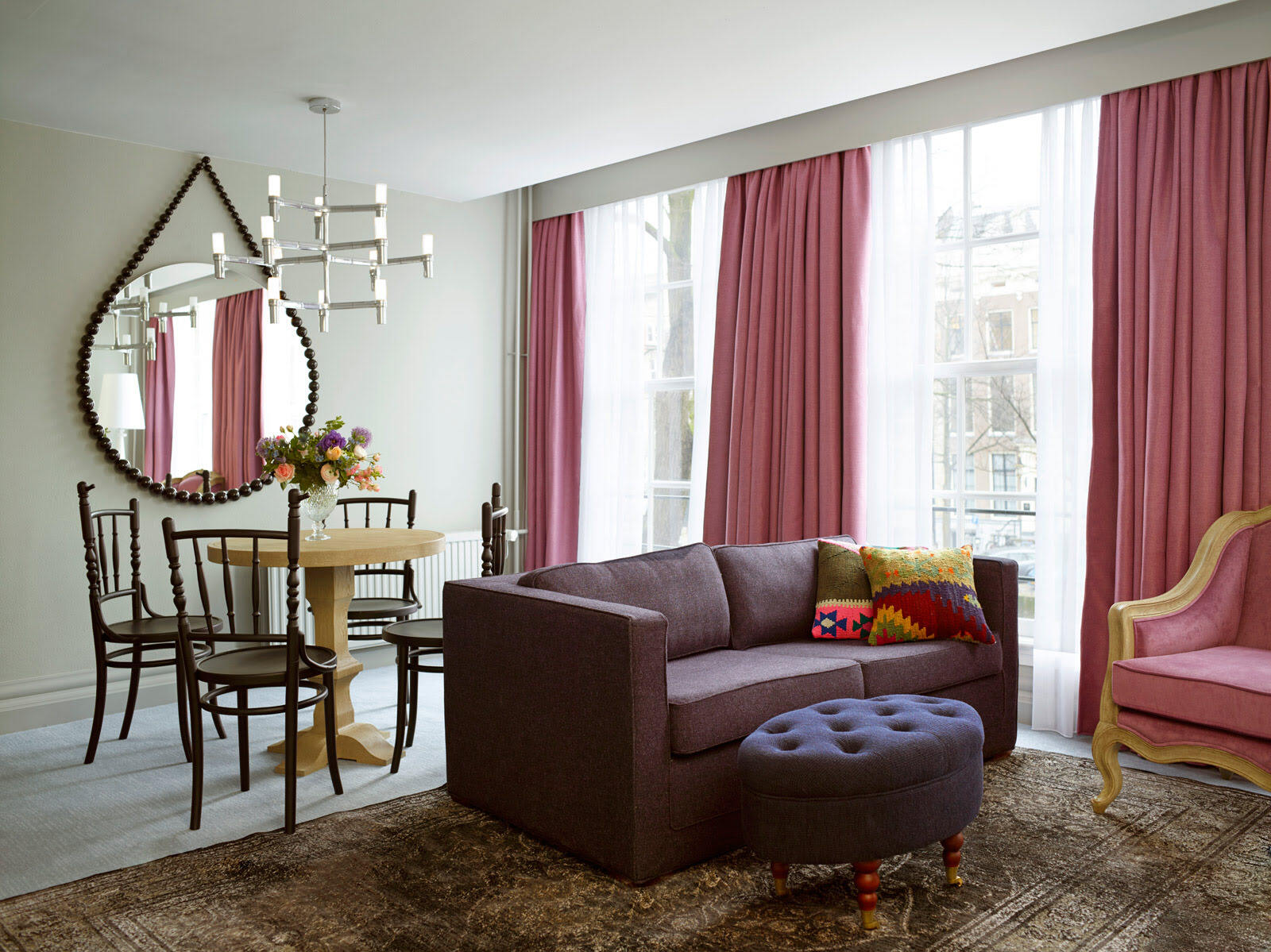
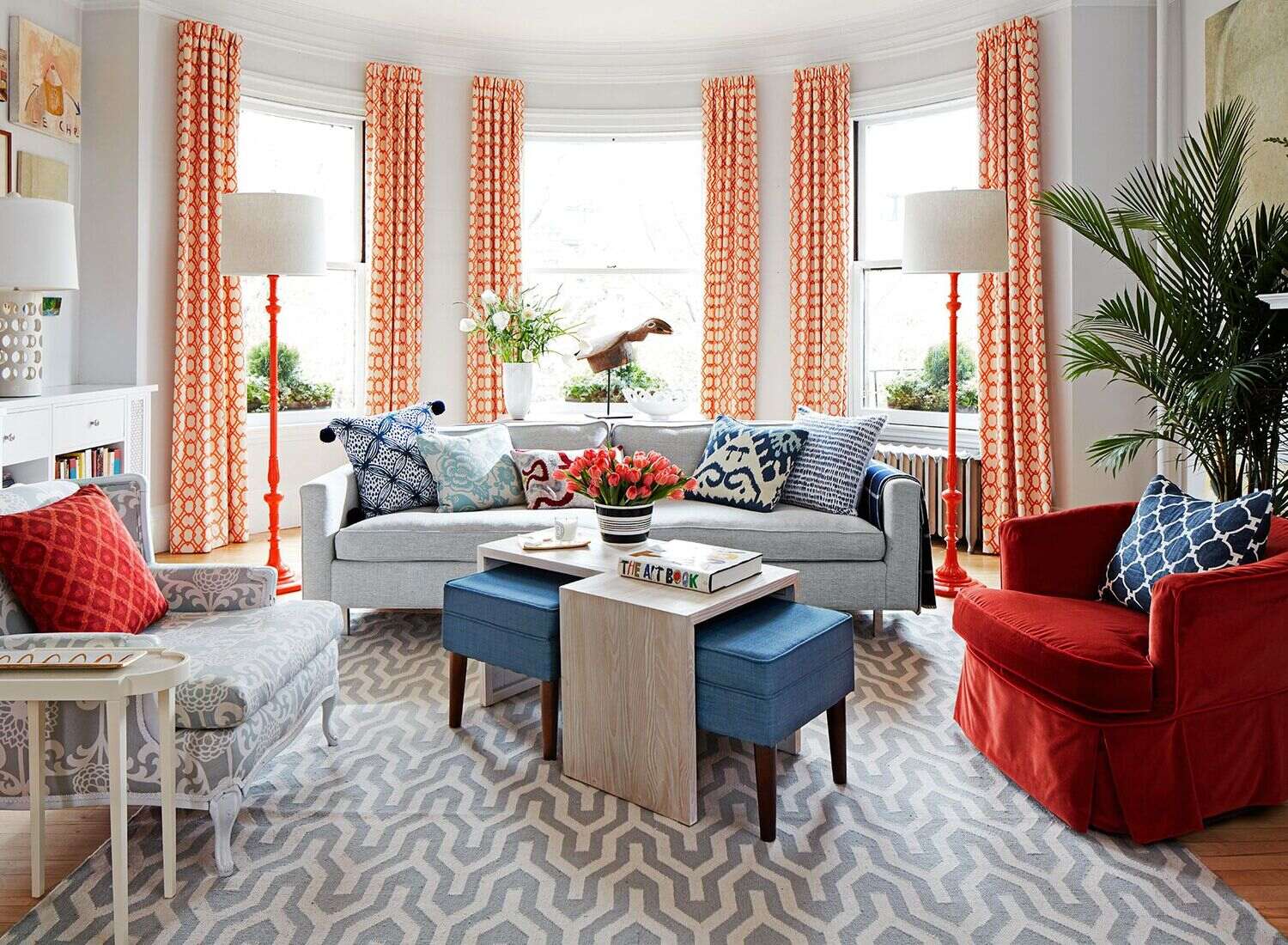
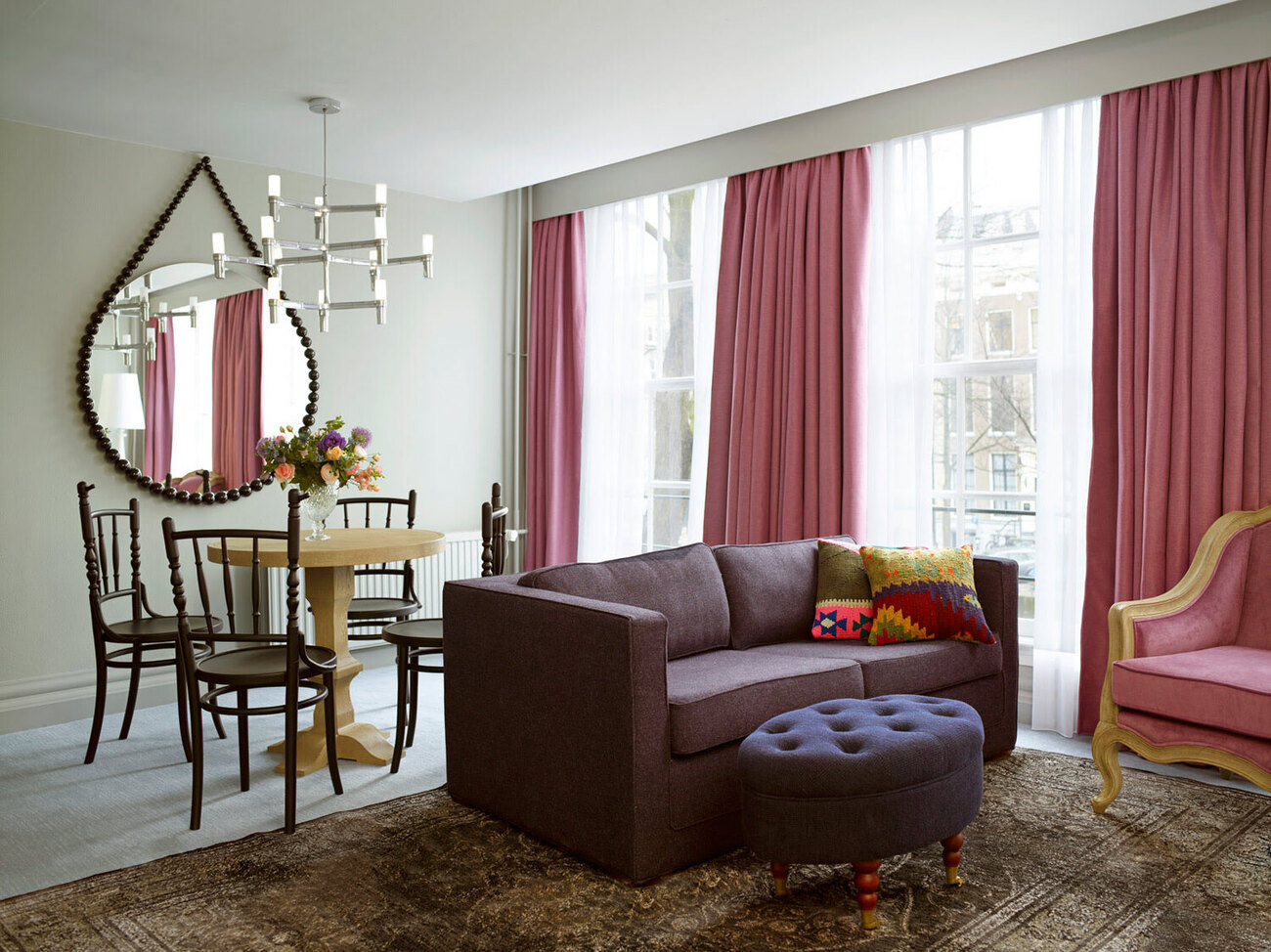
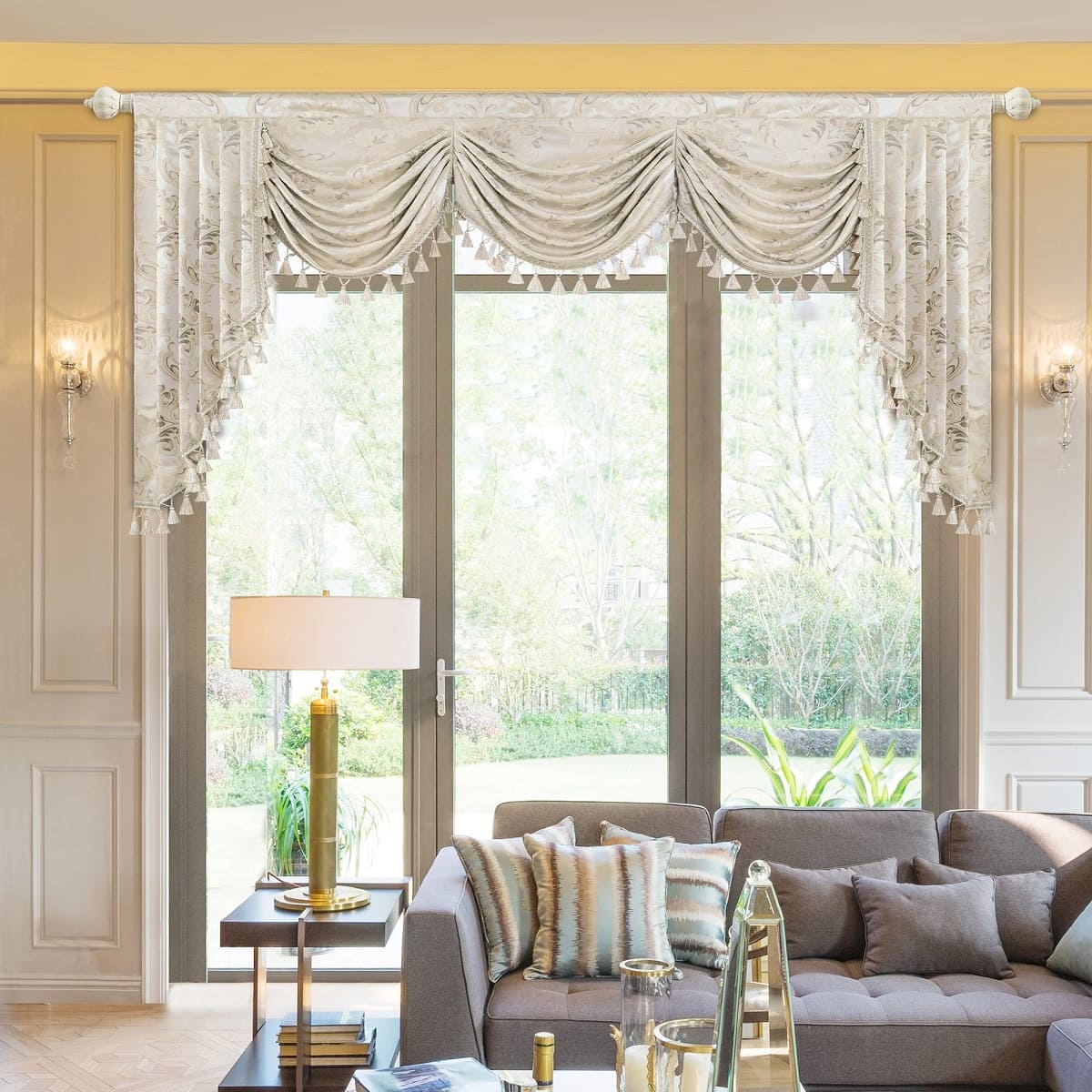

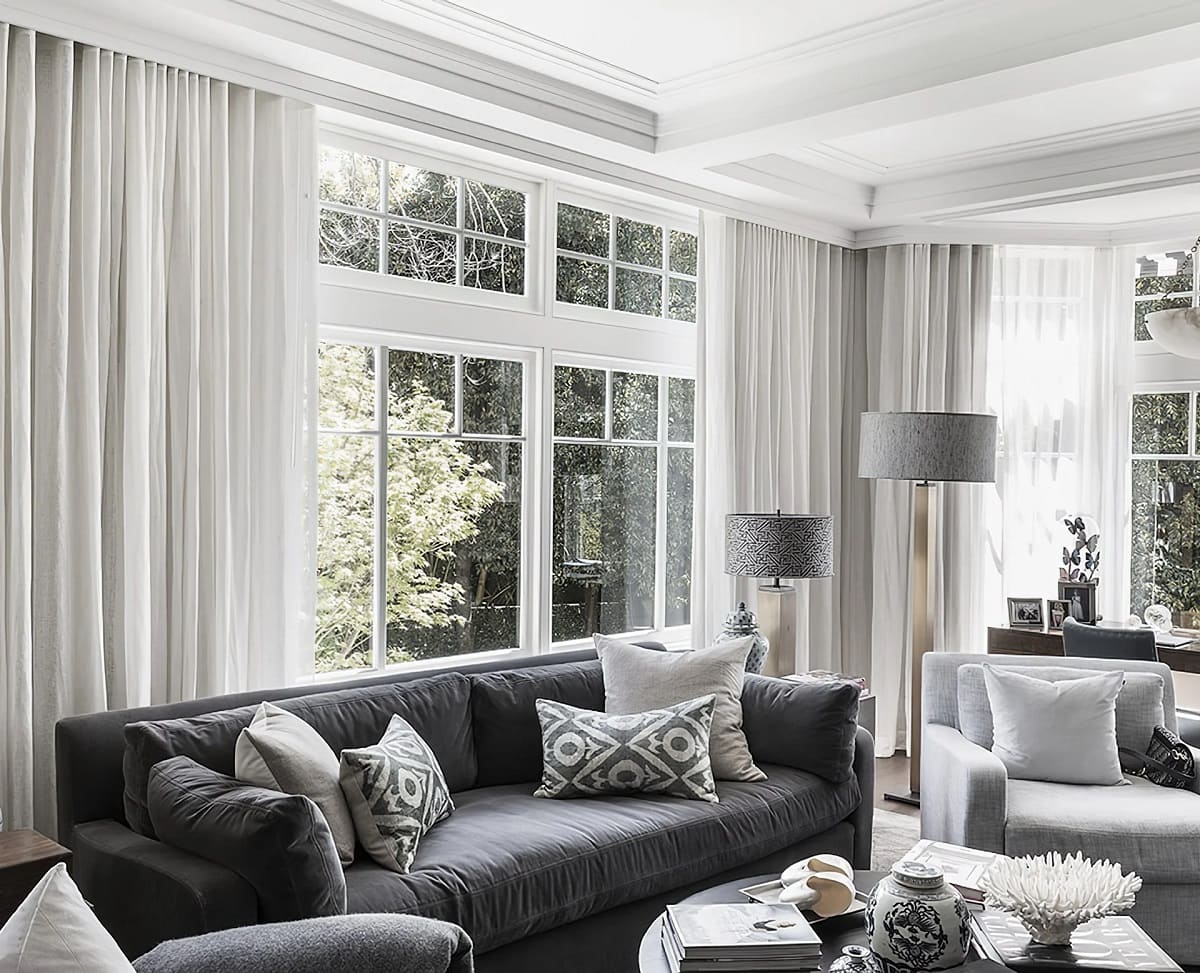
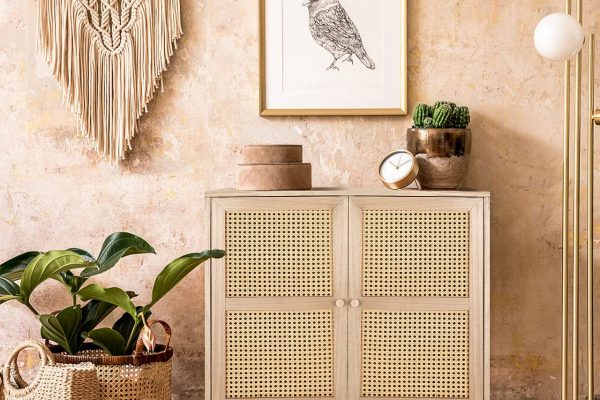
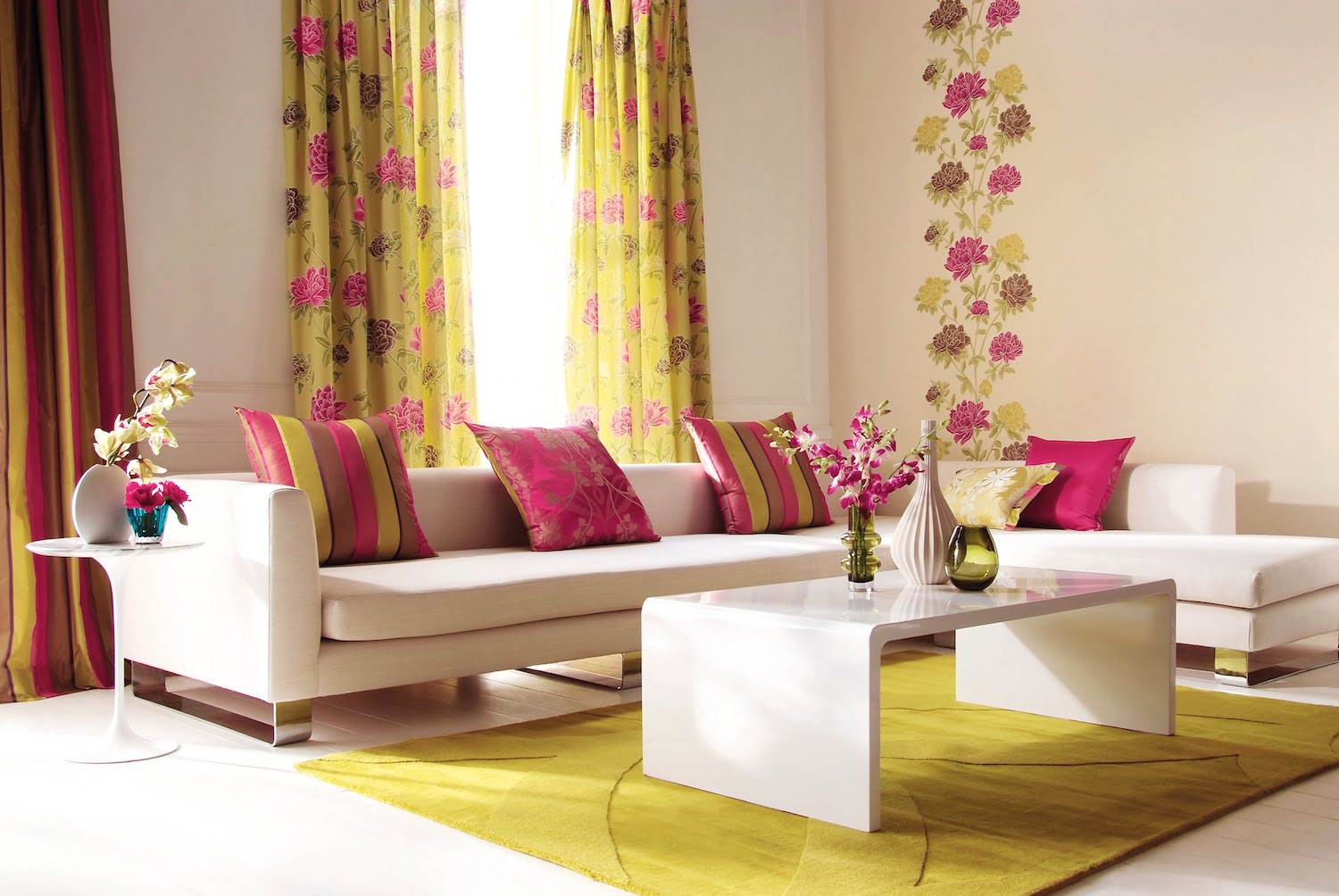
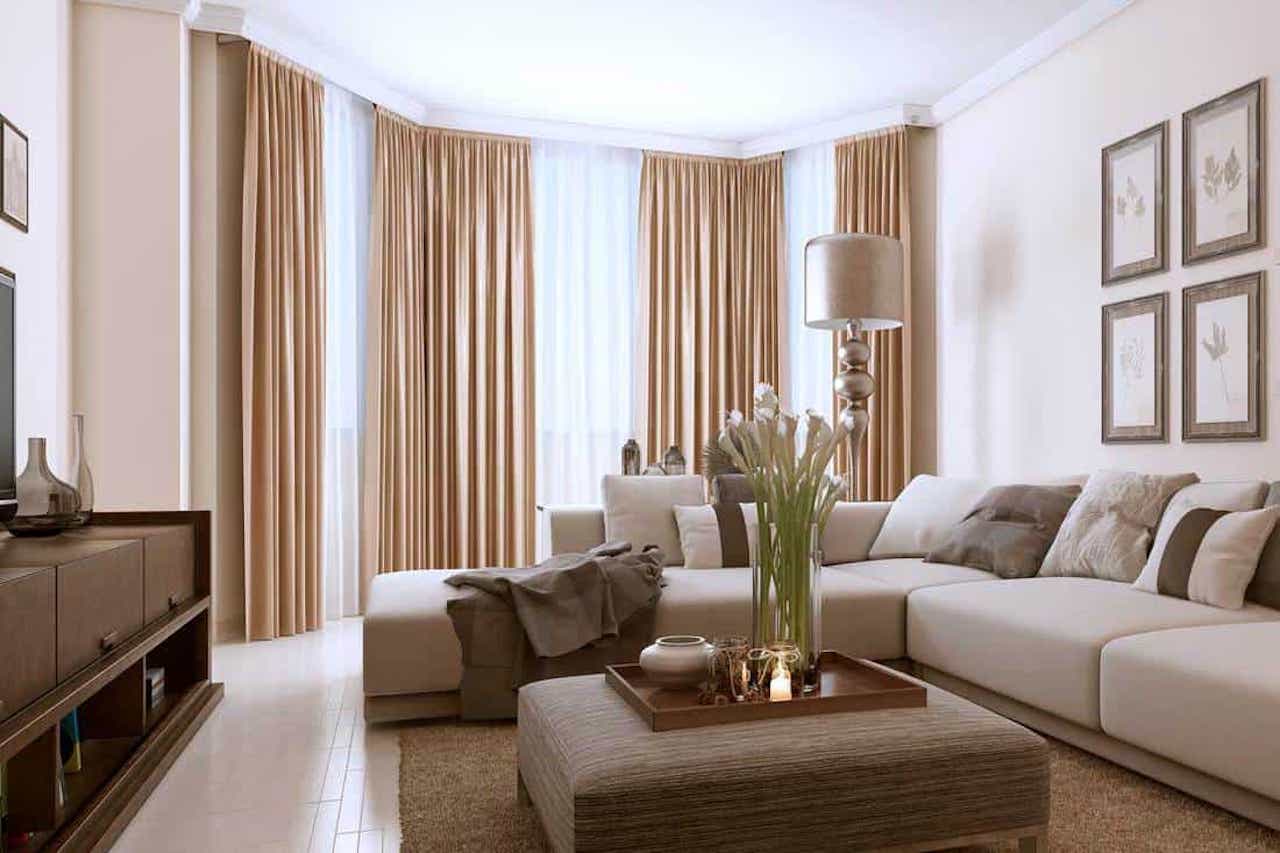

0 thoughts on “How To Pick Curtains For Living Room”